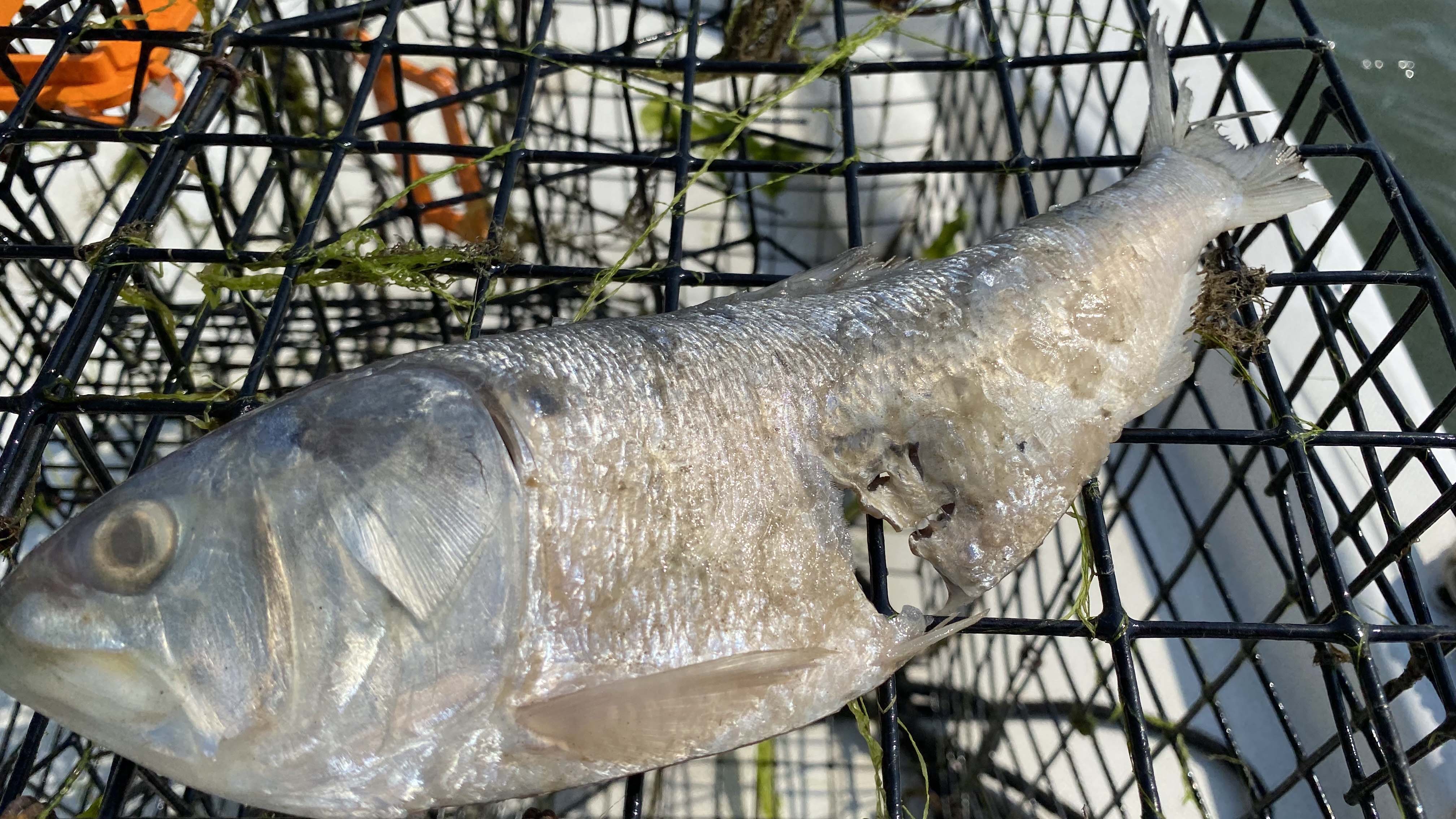The Virginia Office of the Attorney General is asking a Richmond judge to throw out a lawsuit from recreational fishers that says state regulators illegally increased menhaden catch limits.
The increase, the recreational fishers say, is having a negative impact on the Chesapeake Bay ecosystem.
”This Court cannot issue the requested relief when that relief would result in a violation of another law,” wrote the Office of the Attorney General.
This story was reported and written by The Virginia Mercury
The Chesapeake Legal Alliance filed the lawsuit in May on behalf of the Southern Maryland Recreational Fishing Organization, a group that fishes in both Virginia and Maryland waters of the Chesapeake Bay. The group says the Virginia Marine Resources Commission, which has overseen the Virginia menhaden fishery since 2020, increased the allowable catch limit outside the Oct. 1–Dec. 31 period when state law allows changes to fishery regulations.
The Office of the Attorney General, which is representing the VMRC, said Virginia had to increase the catch limit to comply with new limits set by the Atlantic States Marine Fisheries Commission, which oversees fisheries on the East Coast. The ASMFC sets a coastwide catch limit for menhaden and then allocates a portion of it to each state. In Virginia, that quota is overseen by the VMRC.
In 2022, the ASMFC awarded Virginia 78%, or about 334 million pounds, of the coastwide catch of menhaden. In 2023, the commission increased the coastwide catch while reducing Virginia’s allocation to 75%. The end result gave Virginia the ability to catch up to about 383 million pounds of menhaden.
The Office of the Attorney General writes that had Virginia not changed its catch limit to match the 75% allocated to Virginia, the state would have been out of compliance with the ASMFC limits. An exception in Virginia law allows the VMRC to change its regulations outside that window in order to maintain compliance with the ASMFC, the attorney general’s office argues.
“In short, reverting the regulation to the previous version would permit Virginians to exceed the ASMFC’s allocation and prevent VMRC from meeting its obligation to implement and enforce the ASMFC’s allocations,” the attorney general’s office wrote.
But the recreational fishers said states can be in compliance with ASMFC limits by setting their own catch limit at or below the allowable amount. Virginia regulators’ 2022 limits were already below those set by the ASMFC for the 2023 season, regardless of the 78% figure written into it, said Chesapeake Legal Alliance Executive Director David Reed Monday.
“They have decided to play a semantics game,” said Reed. “It’s a straightforward issue. It’s just dizzying rhetoric.”
The recreational fishers are arguing the menhaden catch increase is harming the Chesapeake’s striped bass and osprey populations, which both consume menhaden as a major part of their diet. Omega Protein, a reduction fishery based in Reedville that catches menhaden for oil and fishmeal and uses most of Virginia’s quota, declined to comment on the litigation but noted that an overall 51,000 metric ton catch limit within the Chesapeake Bay remains in place.
The Atlantic menhaden stock “is not overfished, overfishing is not occurring, and is sustainably harvested,” a statement for the company reads.
A hearing for the case is set in Richmond City Circuit Court Sept. 7.


